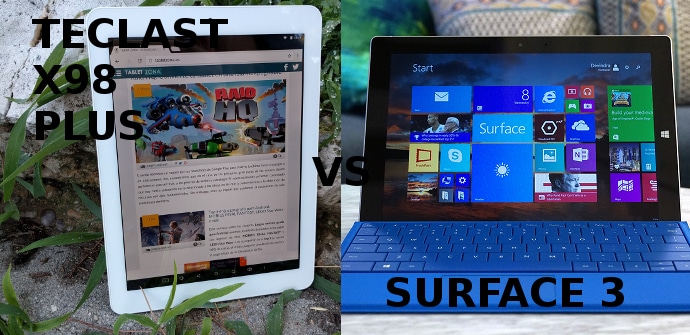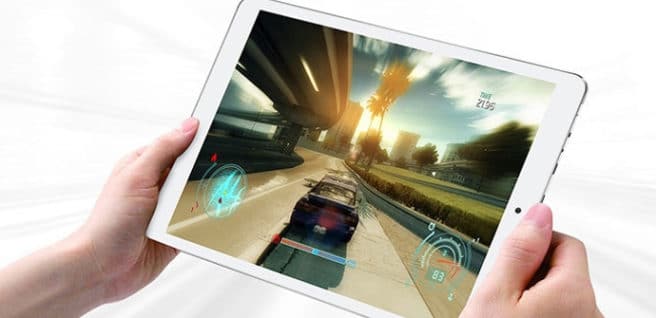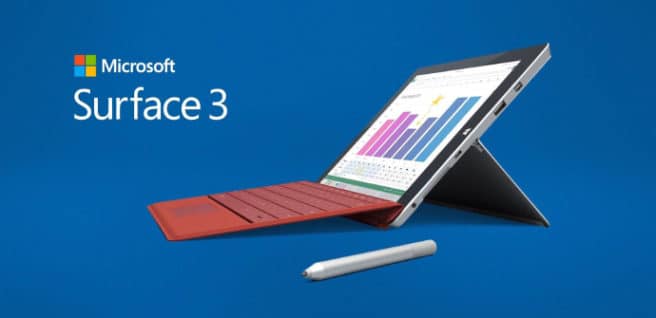
We've been talking a lot lately about tablets from Midrange that we can find now in Windows, and we have remembered when making, obviously, another option always interesting when we look for a device of this type with an affordable price are the chinese tablets, but maybe many of you are still not clear to what extent they can be worth it or not, so we are going to take advantage of these last days of tranquility before the MWC starts to leave you a few comparisons between some of the examples most popular of this type of tablets against other better known and consolidated, starting by facing the Teclast X98 Plus II, which we have shown you in a Insights, with the respected Surface 3.
Integrated
Apart from a certain difference in size, which we will see in more detail in the next section, it is still easy to see that we find two very different formats, mainly because the Teclast has opted for the proportions of the iPad. Of course, if we are thinking about tablets to work, we cannot fail to take into account either that the Surface has its own stylus and keyboards. Victory must be awarded to the tablet Microsoft, in any case, regarding the finishes.
Dimensions
We already anticipated that the Teclast is a somewhat more compact tablet and that is easily appreciated when we compare the dimensions of both (24x17,6 inch against 26,7x18,6 inch). Not only is it a little smaller, but it is also somewhat thinner (8 mm against 8,7 mm) and light (568 grams against 622 grams), although it is true that the difference is not too noticeable.
Screen
The difference in size is mainly explained by the fact that the screen of the Surface 3 is almost an inch larger (9.7 inches against 10.6 inches), but it is not the only detail that we have to take into account, since they also use different aspect ratios (4: 3, optimized for reading, compared to 3: 2, halfway between that and 16:10) . In resolution they are closer, although the Teclast goes a little ahead2048 x 1536 against 1920 x 1200). Of course, image quality goes beyond resolution and if you want more details about this section for the low-cost tablet, we invite you to take a look at our analysis.
Performance
As is usual in mid-range tablets, in both we find Intel Atom processors, although the one in the Surface Is superior (Intel ATOM X5 Z8300 against Intel Atom X7 X8700). The tablet of Microsoft loses the advantage, however, when we get to RAM, since the minimum of the Teclast is 4 GB and yours is from 2 GB.
Storage capacity
When it comes to storage capacity, however, they are tied: the two arrive with 64 GB of ROM memory, but they give us the option to expand it externally through card micro-SD, if we fall short.
Cameras
The victory of the Surface 3 In the cameras section it is clear, both for the front (2 MP front 3,5 MP) as for the main (2 MP against 5 MP), but it is clear that this data is not very relevant for an average user.
Autonomy
We cannot say much about the autonomy of each of them, because we do not have comparable test data and, unfortunately, Microsoft It does not discover the capacity data of the batteries of its tablets either, so we can only leave you the one of the Teclast (8000 mAh).
Price
We now come to the most interesting question: how much savings does betting on the low-cost Chinese tablet entail? Well, the truth is that the price difference is spectacular, because the Surface 3 sold for $600While Teclast can be found for around $150. What do you think about it? Is the extra investment worth it or not?

